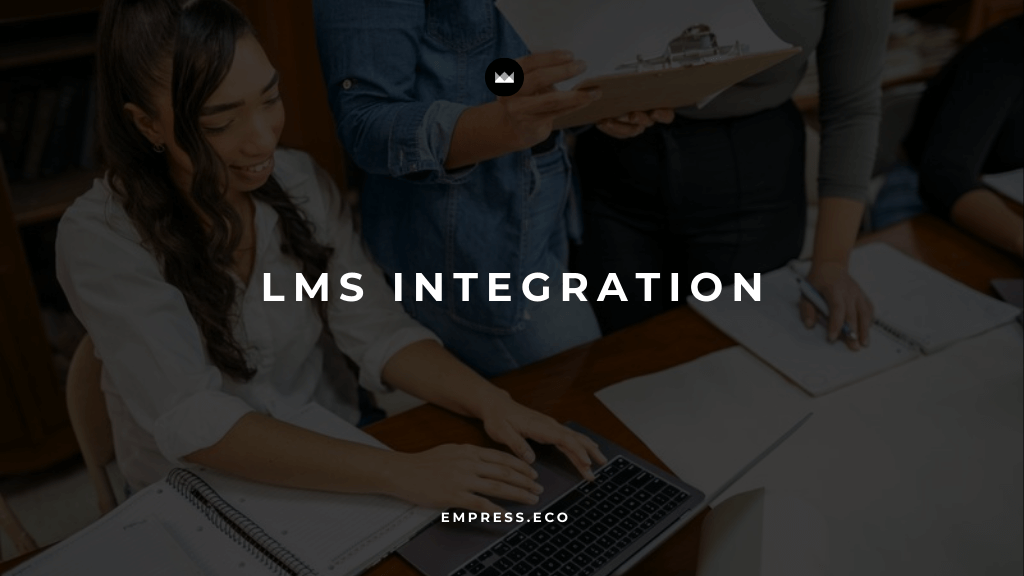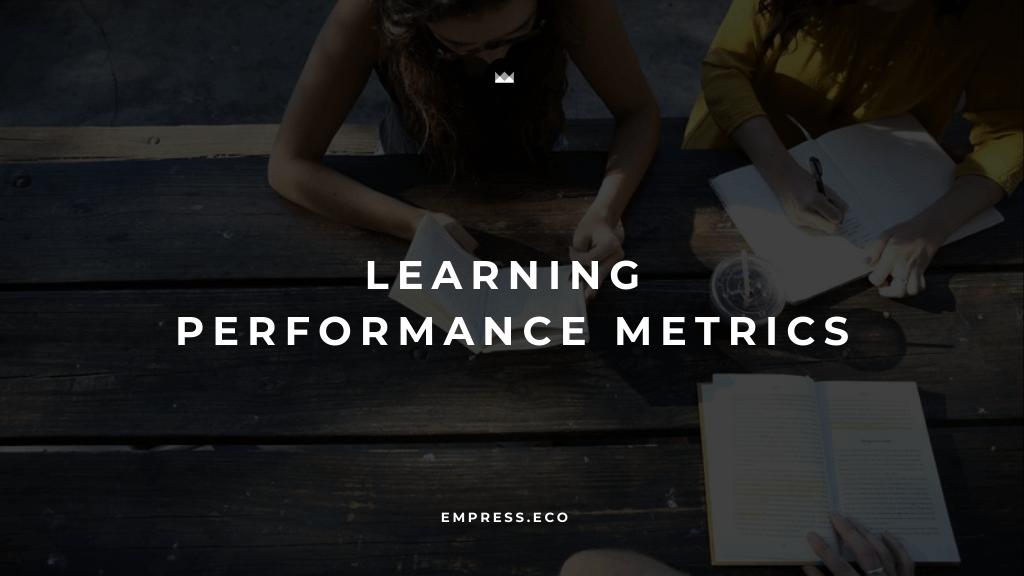Continuous learning and development are no longer optional—they're essential. But how do you know if your training programs are truly effective? How can you be sure that the time, effort, and resources invested in training are paying off? This is where Training Impact Analytics comes into play, offering a powerful way to measure and enhance the effectiveness of your learning initiatives through data-driven insights.
Understanding Training Impact Analytics
Let’s start by breaking down what Training Impact Analytics actually is. At its core, Training Impact Analytics involves systematically collecting, analyzing, and interpreting data related to your training programs. This isn’t just about ticking boxes or collecting feedback; it’s about gaining deep insights into how your training efforts are impacting employee performance, engagement, and overall business outcomes.
Traditional methods of evaluating training effectiveness, like post-training surveys or simple pass/fail metrics, only scratch the surface. Training Impact Analytics goes further, providing a comprehensive view of how your learning initiatives are performing. By leveraging advanced analytics, organizations can make informed decisions, optimize their training strategies, and continuously improve their programs.
Key Benefits of Training Impact Analytics
So, why should you care about Training Impact Analytics? What makes it so valuable? Let’s explore some of the key benefits:
1. Objective Measurement of Training Effectiveness
One of the most significant advantages of Training Impact Analytics is its ability to provide an objective, data-driven approach to evaluating training programs. Rather than relying on subjective feedback or generic metrics, analytics allows you to measure the real impact of your training initiatives on employee skills, performance, and business outcomes.
For example, instead of simply asking employees if they found a training session useful, you can analyze how their performance metrics have changed post-training. Are they more efficient? Are they making fewer errors? Are they applying the new skills in their daily tasks? These are the kinds of insights that Training Impact Analytics can provide.
2. Identification of Skill Gaps
Training Impact Analytics doesn’t just tell you how well your training programs are working—it also helps you identify where they might be falling short. By analyzing the data, you can pinpoint specific areas where employees may still lack the necessary skills or knowledge. This allows you to make targeted interventions and provide additional training where it’s needed most.
For instance, if you notice that a significant portion of your team is still struggling with a particular aspect of a new software tool, despite completing the training, you can arrange for supplementary training sessions focused specifically on that area.
3. Enhanced Learning Experiences
When you understand how different employees respond to various training methods, you can tailor your programs to better meet their needs. Training Impact Analytics helps you identify which types of training are most effective for different groups within your organization, allowing you to create more personalized and engaging learning experiences.
For example, analytics might reveal that while some employees thrive in interactive, hands-on workshops, others prefer self-paced e-learning modules. By tailoring your training programs to these preferences, you can improve engagement, retention, and overall learning outcomes.
4. Increased Return on Investment (ROI)
Every organization wants to maximize the ROI of its training programs, and Training Impact Analytics is a powerful tool for achieving this. By analyzing the effectiveness of your training initiatives, you can identify which programs are delivering the most value and which ones may need to be adjusted or discontinued.
For example, if you discover that a particular training course isn’t leading to any measurable improvement in performance, you can redirect those resources to more effective programs. This not only ensures that your training budget is being used wisely but also that your employees are gaining the skills they need to contribute to the company’s success.
5. Continuous Improvement
One of the most significant benefits of Training Impact Analytics is its support for continuous improvement. Training isn’t a one-time event; it’s an ongoing process. By regularly analyzing training data, you can continuously refine and enhance your programs to ensure they remain relevant and effective.
For instance, you might find that while a training program was highly effective when first implemented, its impact has diminished over time as the needs of the organization have evolved. Analytics can help you identify when it’s time to update or replace certain training modules to keep your learning initiatives aligned with your business goals.
Implementing Training Impact Analytics
Now that we’ve covered the benefits, let’s dive into how you can effectively implement Training Impact Analytics in your organization. Here are some key strategies to consider:
1. Define Clear Objectives and KPIs
The first step in implementing Training Impact Analytics is to establish clear objectives and key performance indicators (KPIs) for your training programs. What are you hoping to achieve with your training initiatives? What specific outcomes do you want to measure?
For example, if your goal is to improve customer service, you might set KPIs related to customer satisfaction scores, response times, and issue resolution rates. These metrics will guide your analysis and help you measure the success of your training programs.
2. Utilize Advanced Analytics Tools
To get the most out of Training Impact Analytics, you’ll need to implement advanced analytics tools that can collect, analyze, and visualize your training data. Learning Management Systems (LMS) often come with built-in analytics capabilities, but there are also specialized analytics platforms that can provide more in-depth insights.
These tools should offer real-time reporting and visualization capabilities, allowing you to track the effectiveness of your training programs as they unfold. Look for platforms that can integrate with your existing systems, such as your HR software or performance management tools, to create a comprehensive view of your training impact.
3. Gather Comprehensive Data
Data is the foundation of Training Impact Analytics, so it’s essential to gather comprehensive data from a variety of sources. This might include data from your LMS, employee surveys, assessments, performance metrics, and even feedback from managers and team leaders.
The more data you collect, the more accurate and detailed your insights will be. However, it’s also important to ensure that the data you’re collecting is relevant to your objectives and KPIs. Focus on quality over quantity, and make sure that your data is clean, accurate, and up-to-date.
4. Analyze and Interpret Data
Once you’ve gathered your data, the next step is to analyze and interpret it. This is where the real power of Training Impact Analytics comes into play. By using statistical methods and machine learning algorithms, you can uncover trends, patterns, and areas for improvement that might not be immediately obvious.
For example, you might discover that employees who completed a particular training module are consistently outperforming their peers in certain tasks. This insight could lead you to expand that training program or incorporate its methods into other areas of your training strategy.
5. Foster a Data-Driven Culture
For Training Impact Analytics to be truly effective, it’s important to foster a data-driven culture within your organization. This means encouraging stakeholders at all levels to use data insights to inform their decisions about training and development.
Provide training and support to ensure that managers, HR professionals, and other stakeholders understand how to interpret and act on the data. By making data-driven decision-making a core part of your learning and development strategy, you can ensure that your training programs are always aligned with your business goals and delivering maximum impact.
Challenges and Considerations
While Training Impact Analytics offers numerous benefits, it’s important to be aware of potential challenges and considerations:
1. Data Privacy and Security
When implementing any kind of analytics solution, data privacy and security should be top priorities. This is especially true when dealing with employee data, which can include sensitive information. Ensure that your analytics tools comply with data privacy regulations and that you have robust security measures in place to protect your data.
For example, make sure that your data is encrypted both at rest and in transit, and that access to the data is restricted to authorized personnel only. Regularly review your security protocols to ensure they are up to date and effective.
2. Integration with Existing Systems
Integrating analytics tools with your existing IT infrastructure can be complex, especially if you’re dealing with multiple systems that don’t naturally communicate with each other. Careful planning and coordination are essential to ensure seamless integration.
Work closely with your IT team to map out the data flow between systems and identify any potential integration challenges. It might also be worth investing in middleware or integration platforms that can help bridge the gap between disparate systems.
3. Continuous Adaptation
Training Impact Analytics is not a one-and-done solution—it’s an ongoing process that requires continuous evaluation and adaptation. As your organization evolves, so too will your training needs, and your analytics approach must be flexible enough to adapt to these changes.
Regularly review your training programs and analytics processes to ensure they are still aligned with your business goals. Be prepared to make adjustments as needed, whether that means updating your training content, changing your KPIs, or investing in new analytics tools.
Conclusion
Maximizing training effectiveness with data-driven insights is not just a trend—it’s a necessity in today’s competitive business environment. By leveraging Training Impact Analytics, organizations can gain a deeper understanding of how their training programs are performing, identify areas for improvement, and continuously optimize their learning strategies for maximum impact.
At Sage, we’re committed to helping our clients harness the power of analytics to transform their training programs and drive meaningful results. Whether you’re just starting out with Training Impact Analytics or looking to take your existing efforts to the next level, we’re here to support you every step of the way.
Are you ready to take your training programs to the next level with data-driven insights? Let’s work together to create a customized analytics solution that maximizes the impact of your learning initiatives and drives your organization’s success.



